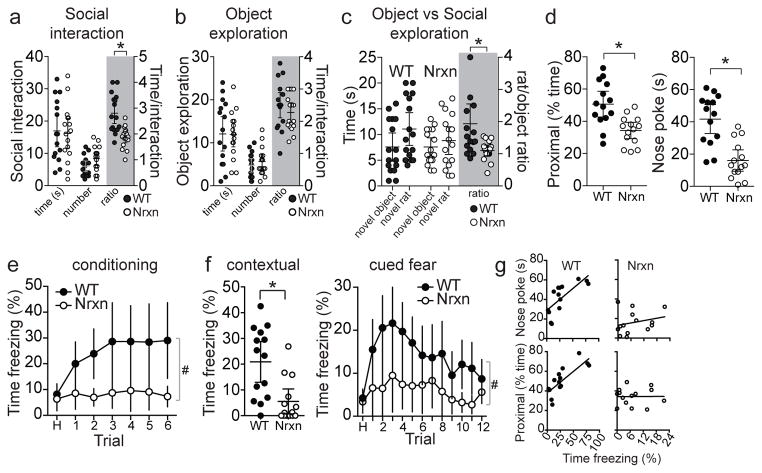Figure 7. Social learning is impaired in neurexin rats.
a) Social interaction with a novel rat in the open field was measured from WT and Nrxn rats (n=16 rats/group). There was no significant difference in the total time of interaction (p=0.814, t=0.238, df=30, eta2=0.002, 95% C.I.=−7.19 to 5.69, two-tailed unpaired t-test) or the number of interaction events (p=0.066, t=1.908, df=30, eta2=0.11, 95% C.I.=−0.17 to 4.92, two-tailed unpaired t-test). However, the duration of individual interaction events was significantly lower in Nrxn rats (p=0.0001, t=4.382, df=30, eta2=0.39, 95% C.I.=−1.36 to −0.50, two-tailed unpaired t-test). b) Novel object exploration was measured in the open field (n=16 rats/group). There was no significant difference between WT and Nrxn rats in the total time of object exploration (p=0.936, t=0.082, df=30, eta2=0.0002, 95% C.I.=−4.88 to 4.51, two-tailed unpaired t-test), the number of exploration events (p=0.428, t=0.803, df=30, eta2=0.021, 95% C.I.=−1.35 to 3.10, two-tailed unpaired t-test), nor the duration of each object exploration event (p=0.330, t=0.990, df=30, eta2=0.032, 95% C.I.=−0.35 to 0.12, two-tailed unpaired t-test). c) WT and Nrxn rats both display a preference for a novel rat when novel rat and novel object are presented together (n=16/group; object vs novel rat stimulus main effect, p<0.0001, F(1,30)=32.82, eta2=0.056, two-way RM-ANOVA). However, WT rats display a significantly greater preference for a novel rat than Nrxn rats display (stimulus x genotype interaction, p=0.011, F(1,30)=7.364, eta2=0.013; novel rat/object preference ratio, p=0.009, t=2.774, df=30, eta2=0.20, 95% C.I.=−1.44 to −0.22, two-tailed unpaired t-test). d) Social fear conditioning was measured in WT and Nrxn rats (n=14 rats/group). Nrxn rats displayed significantly less time proximal to the divider (left; time proximal to divider p=0.0001, t=3.78, df=26, eta2=0.35, 95% C.I.=−25.4 to −7.4, two-tailed unpaired t-test) and less time nose exploring through the divider (right; p<0.0001, t=5.00, df=26, eta2=0.49, 95% C.I.=−36.3 to −15.1, two-tailed unpaired t-test). e) These same Nrxn rats displayed significantly less freezing during social fear conditioning (main effect of genotype, p=0.0043, F(1,26)=9.790, eta2=0.18; genotype x trial interaction, p=0.0081, F(6,156)=3.015, eta2=0.030, two-way RM-ANOVA, n=14 rats/group). f) When tested after 48 hours, these Nrxn rats displayed significantly less contextual freezing in the conditioning context (left; p=0.0014, t=3.579, df=26, eta2=0.33, 95% C.I.=−24.2 to −6.5, two-tailed unpaired t-test) and cued freezing in a novel context (right; main effect of genotype, p=0.0088, F(1,26)=8.022, eta2=0.126, two-way RM-ANOVA, n=14 rats/group). g) Freezing behavior on the testing day was correlated with social approach behaviors on conditioning day in WT rats, but not in Nrxn rats (shown here are individual values, n=14 rats/group). WT rats that spent more time close to the mesh divider during social fear conditioning, and spent more time nose exploring through the divider displayed greater conditioned social fear (proximal to divider r2=0.65, p<0.01; nose poking r2=0.54, p<0.01). The correlation between these pro-social behavioral measures and fear learning were absent in Nrxn rats (proximal to divider r2=0.01, p>0.05; nose poking r2=0.10, p>0.05). Data shown here are mean ± 95% confidence intervals except where noted noted. *p<0.05 two-tailed unpaired t-test, #p<0.05, main effect of group in two-way RM-ANOVA.

